Full pricing and specification details for the new Citroën ë-C3 have been unveiled, with the electric supermini set to become one of the cheapest EVs on sale in the UK.
Priced from £21,990 and set to open for order in July, the all-new ë-C3 undercuts most of the market, with just two other EVs - the £14,999 Dacia Spring and the £8945 Citroen Ami - coming in cheaper. It also comfortably undercuts all but the most affordable Chinese alternatives on the continent.
All ë-C3s are offered with a 44kW battery at launch, with a range of 199 miles (WLTP). An even cheaper version with a smaller battery will join the line-up in 2025, priced at €19,990 (£17,250) in Europe, although Citroën has yet to confirm whether this will be offered in the UK.
Power comes from a single electric motor, pushing 111bhp through the front wheel. It allows the ë-C3 to hit 0-62mph in around 11.0sec, with a top speed of 84mph.
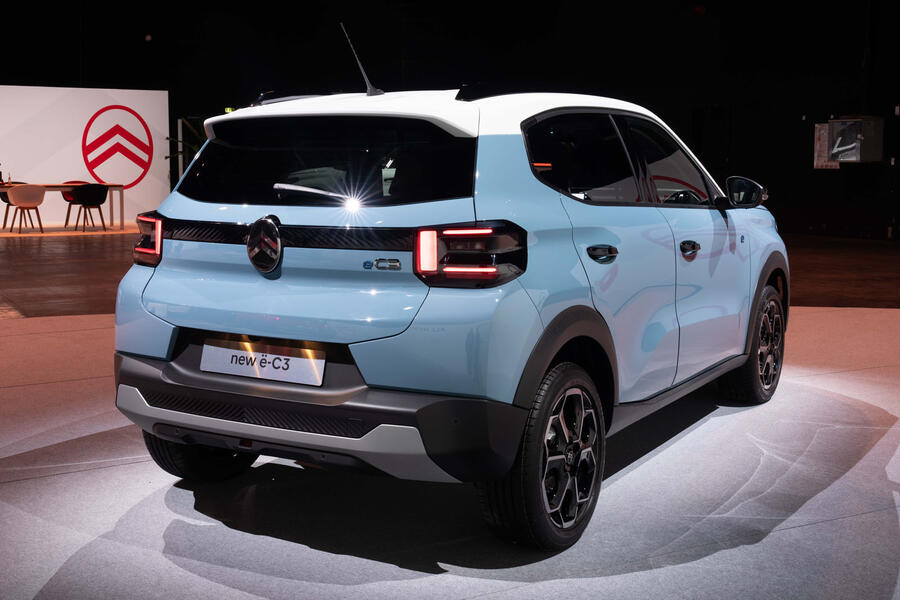
Two specification levels will be available at launch, starting with the ë-C3 Plus, which comes with a 10.0in touchscreen with Apple CarPlay and Android Auto as standard, plus comfort seats and a handful of safety aids including lane departure warning, active safety braking, cruise control and a speed limiter.
The range-topping, £23,690 ë-C3 Max adds a reversing camera, automatic air conditioning, a heated steering wheel, heated front seats and dark tinted windows. It also gets improved safety equipment, including speed camera awareness and live traffic information.
To ensure the ë-C3 remains usable on longer journeys, it can rapidly charge at rates of up to 100kW, enabling a 20-80% charge in 26 minutes.






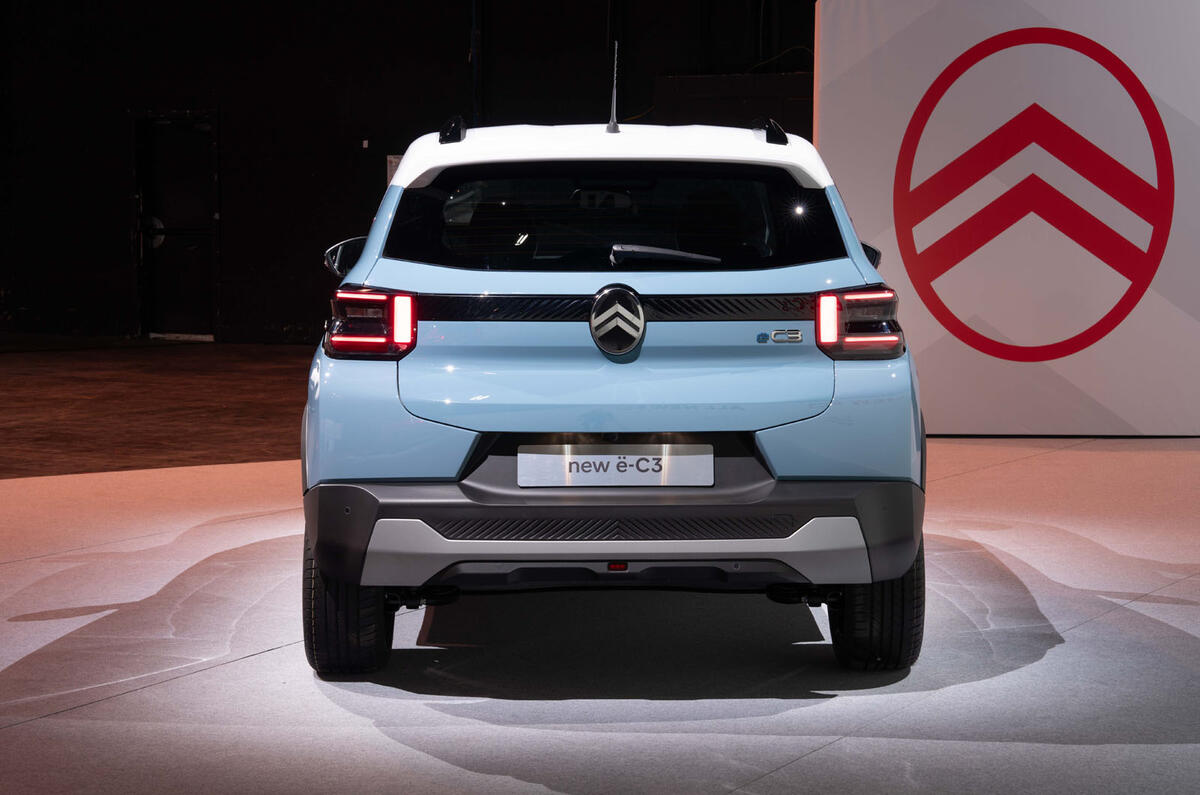
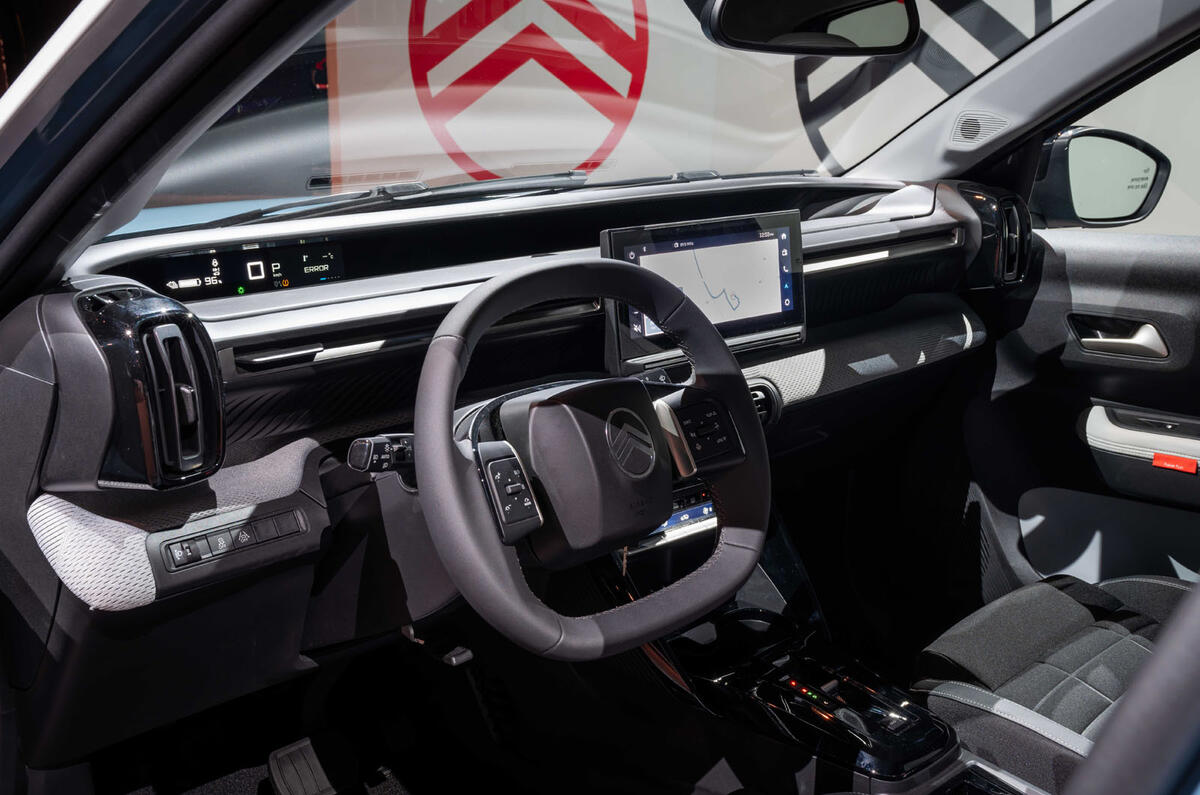
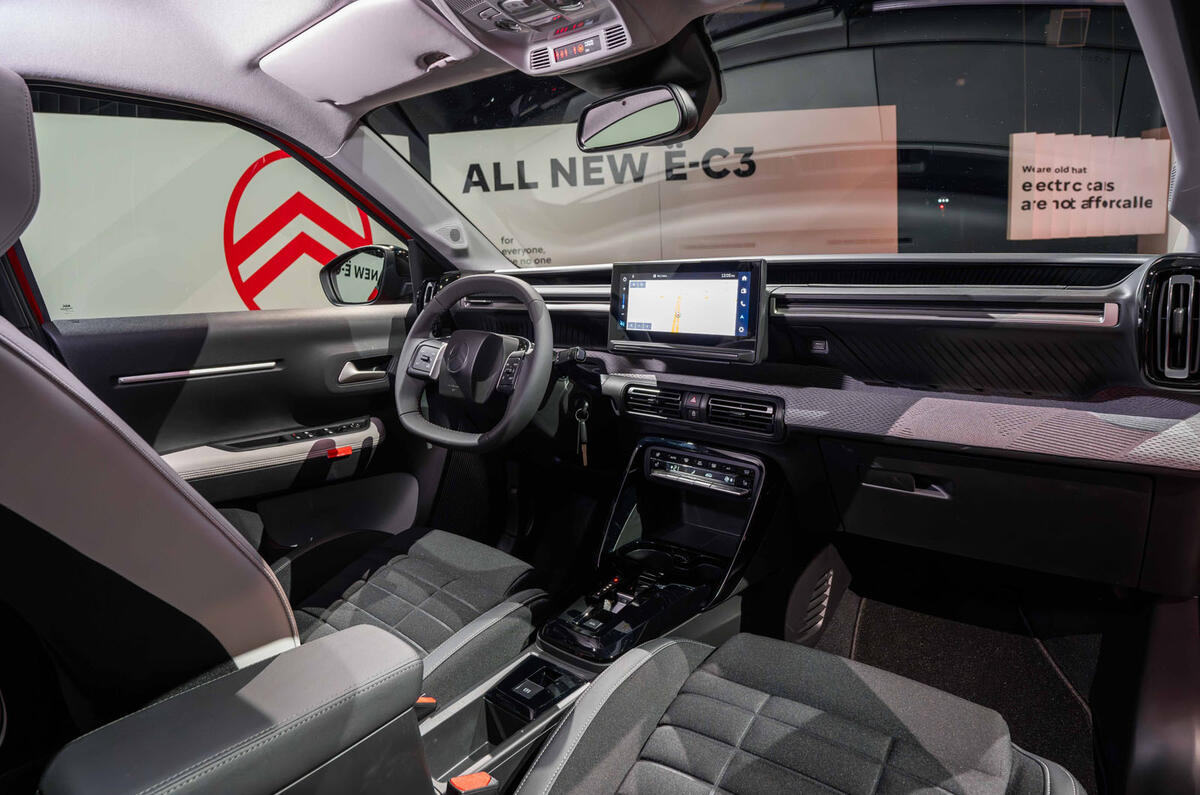
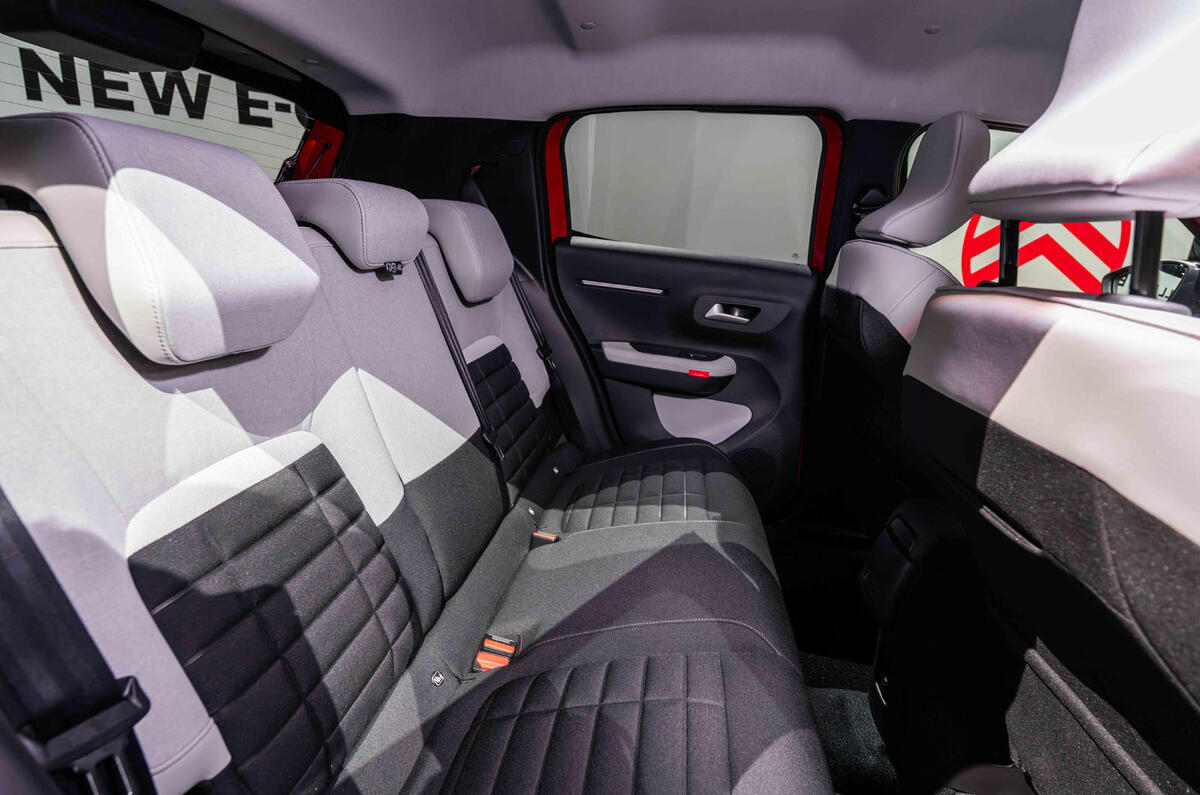



















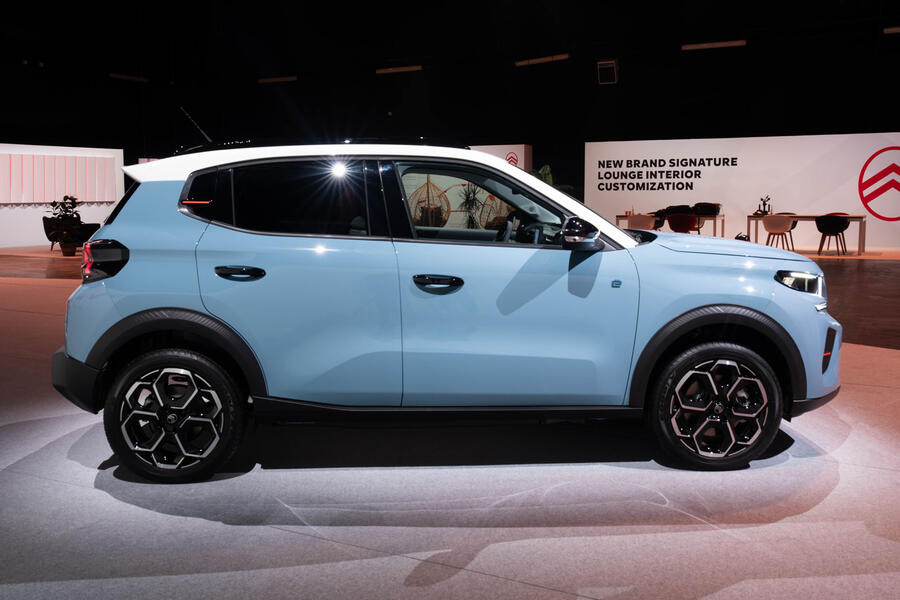
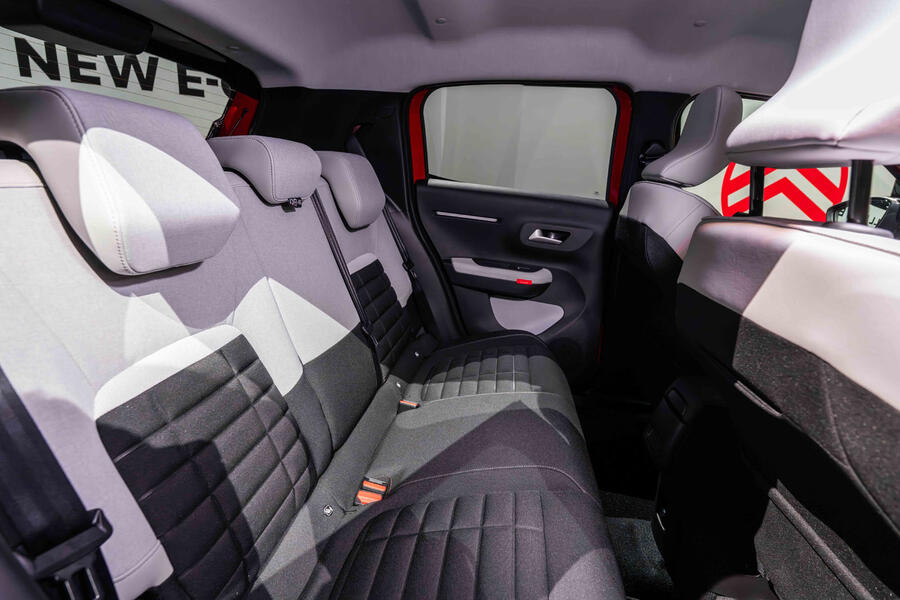
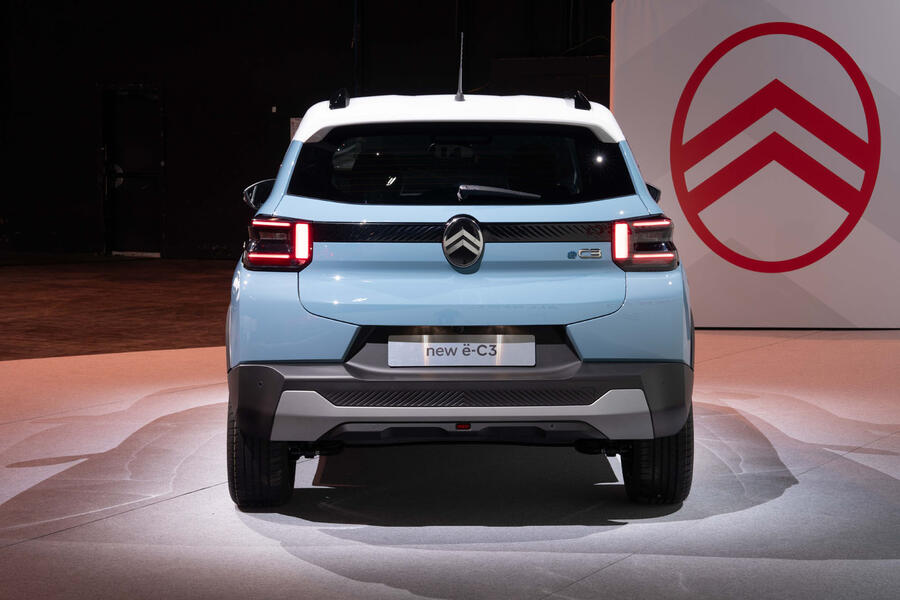




Join the debate
Add your comment
The spiritual successor to the 2cv rhetoric is bollocks - and I'm not a huge fan of the slightly dumpy styling - but kudos to Citroen for hitting a more accessible price point than most of the competition. We need more heat at this end of the market to really drive accessibility....
Just becuase its not exactly the mase as a 2CV doesnt mean it cant be a spiritual successor. The 2CV motorised the masses when car ownership was the preserve of the well to do. We are in exactly the same place now with EVs - and at a price close 20 £20K the eC3 is clearly providing that service now.
How can this fat, high-riding, crossover style hatchback, be in any sense "a spiritual successor to the 2CV"?
Well the 2CV was a slight, high riding, pseudo-hatch. If you were expecting retro, check out the Pembleton! That even uses a 2CV transaxle and gearbox!